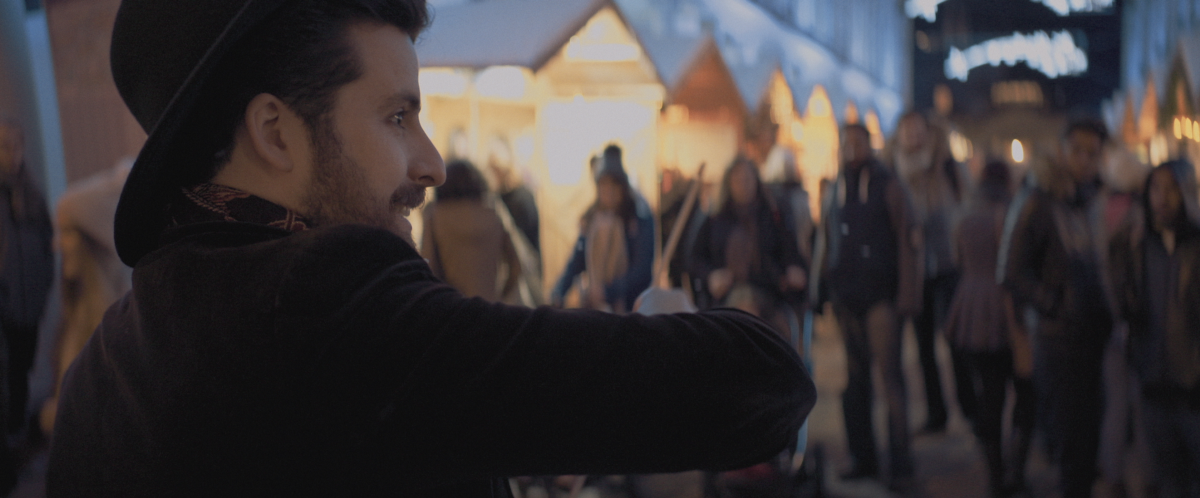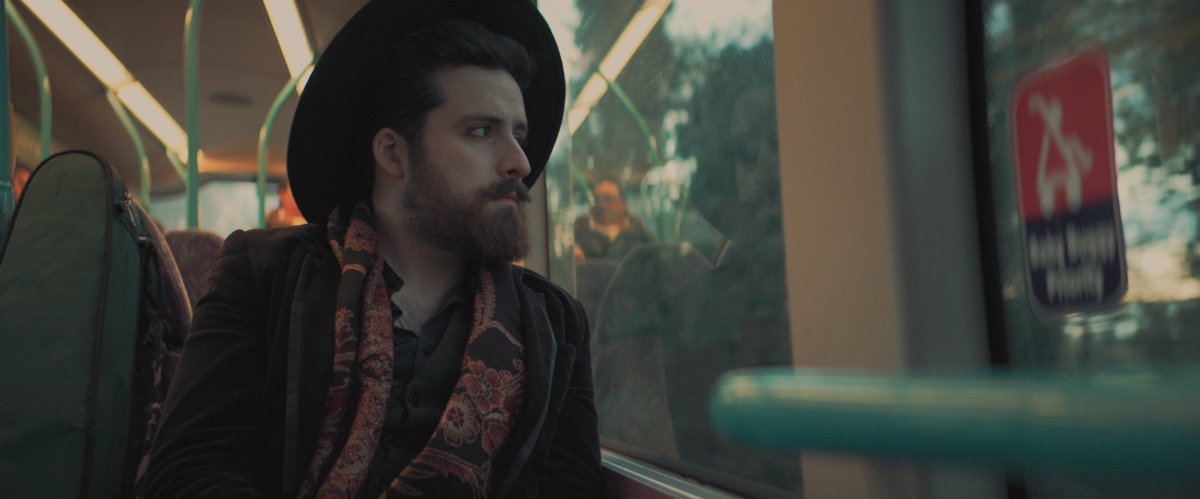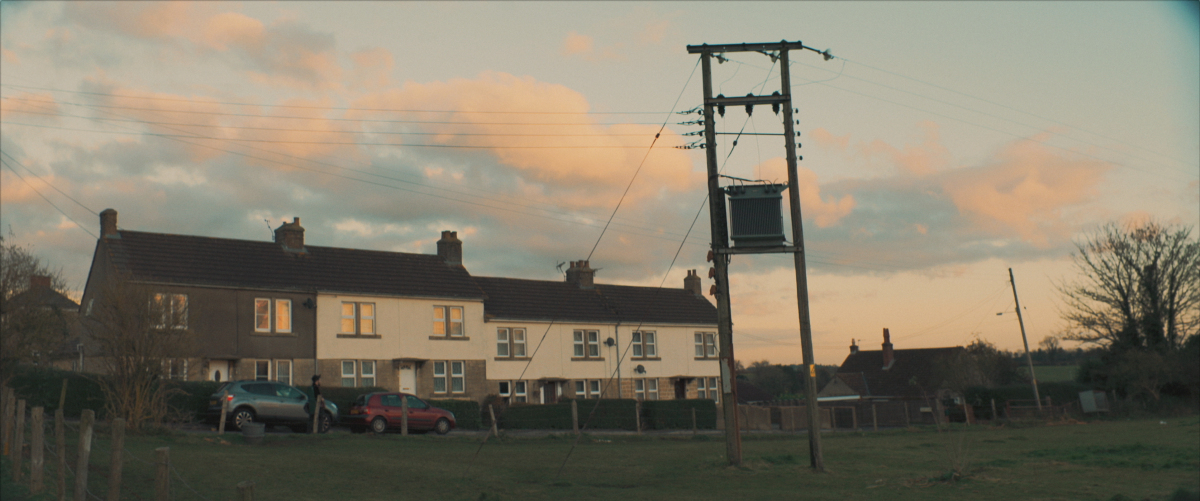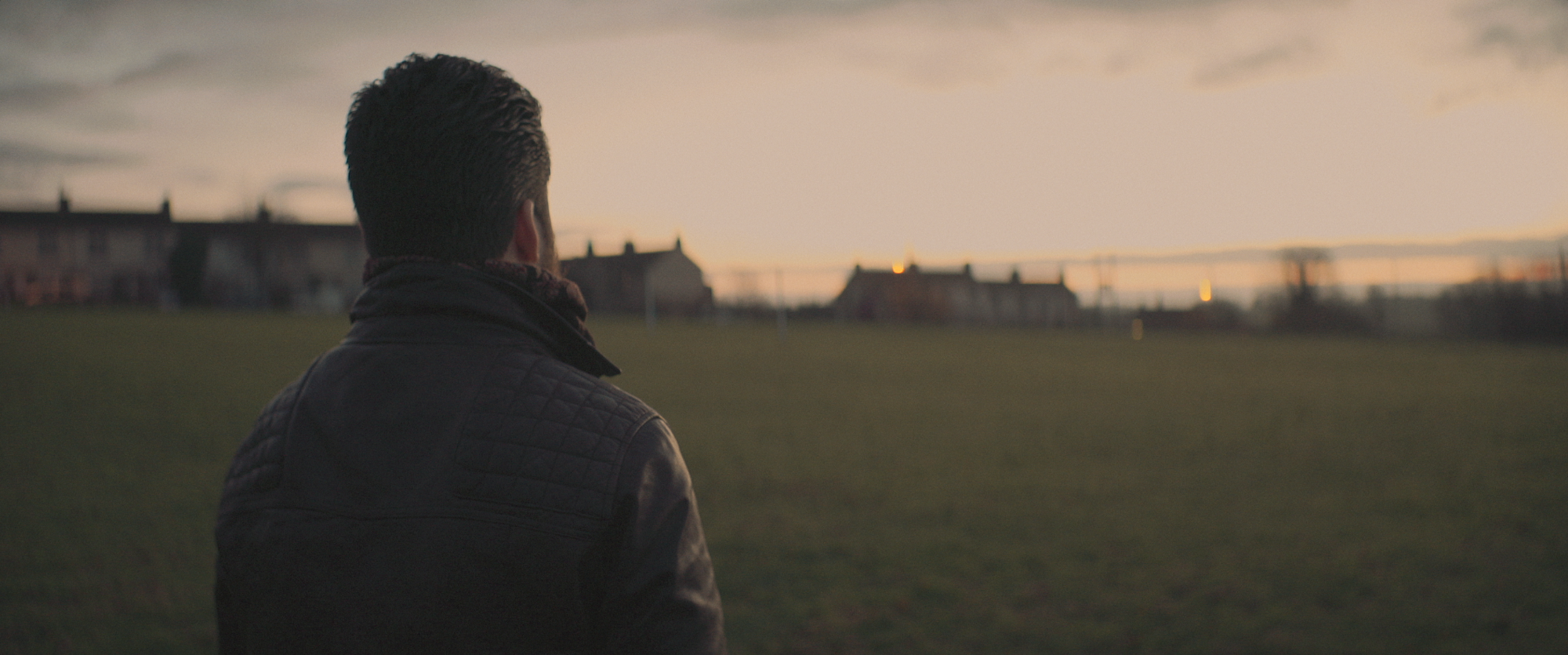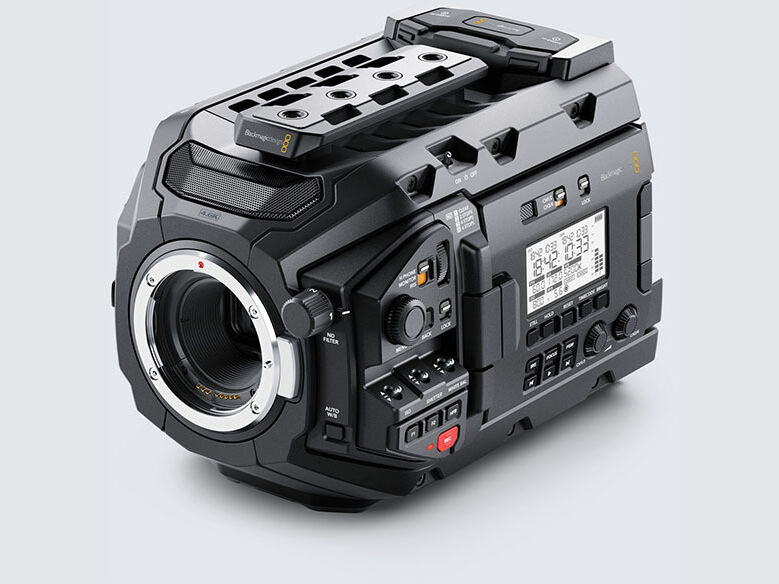Cooke Anamorphic Primes on a Sony a7S

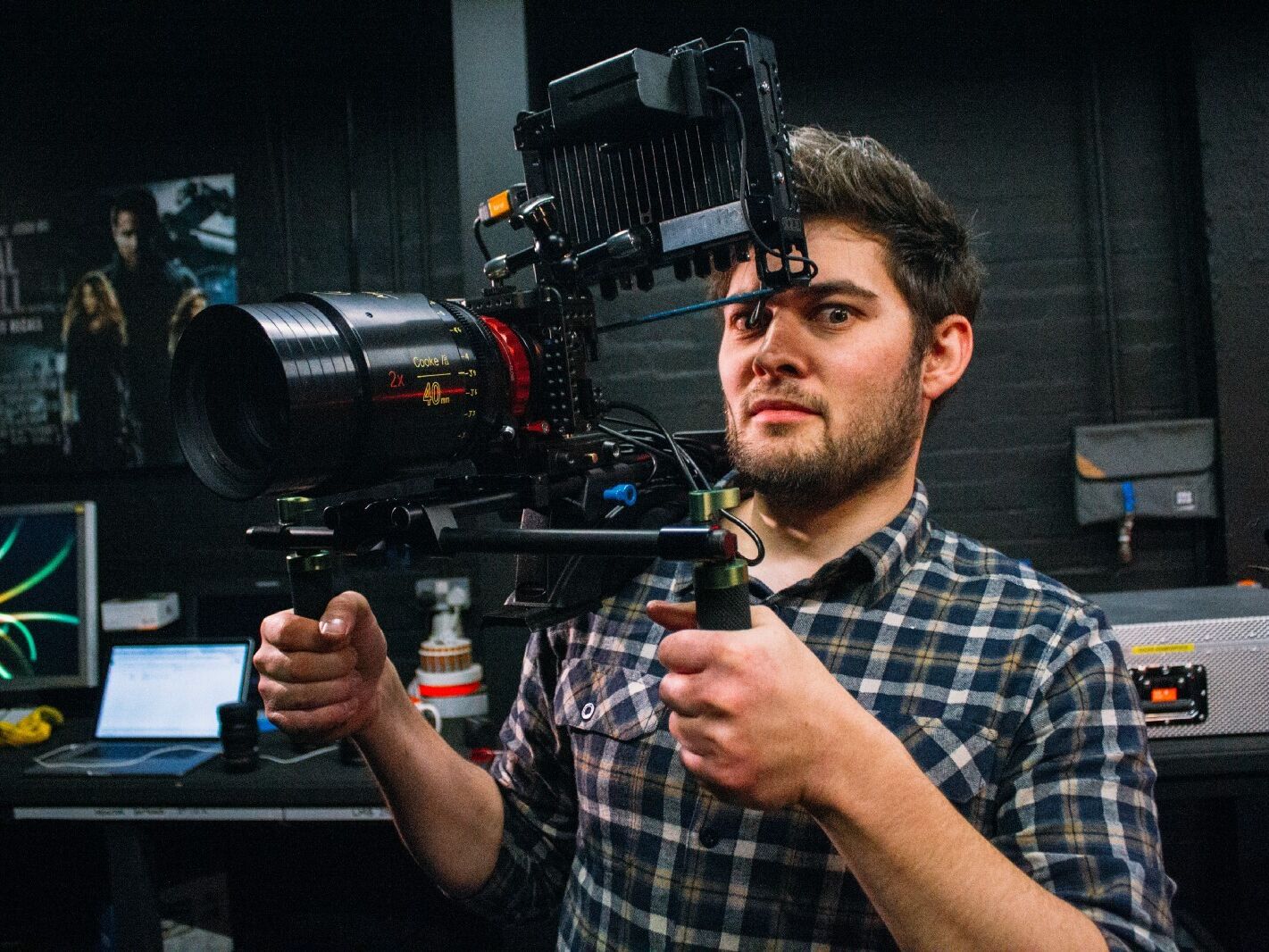
Sometimes, world firsts happen because someone has achieved something great—a true innovation.
Sometimes they happen out of pure morbid curiosity mixed with an unhealthy fascination and a can-do attitude. This whole ordeal definitely falls into the second category. Buckle up.
For a while now I’ve been in the pursuit of trying to bring true anamorphic images to smaller productions, particularly within the music video and brand content realm. It all started back in 2015 when I shot Novo Amor’s music video for Anchor on the Sony FS700 combined with vintage Lomo anamorphic lenses. While I still really enjoy the aesthetic of that video and feel that I made the right choice, I knew that an aspect ratio of 3.55:1 wasn’t really going to cut the mustard on most productions.
My quest continued.
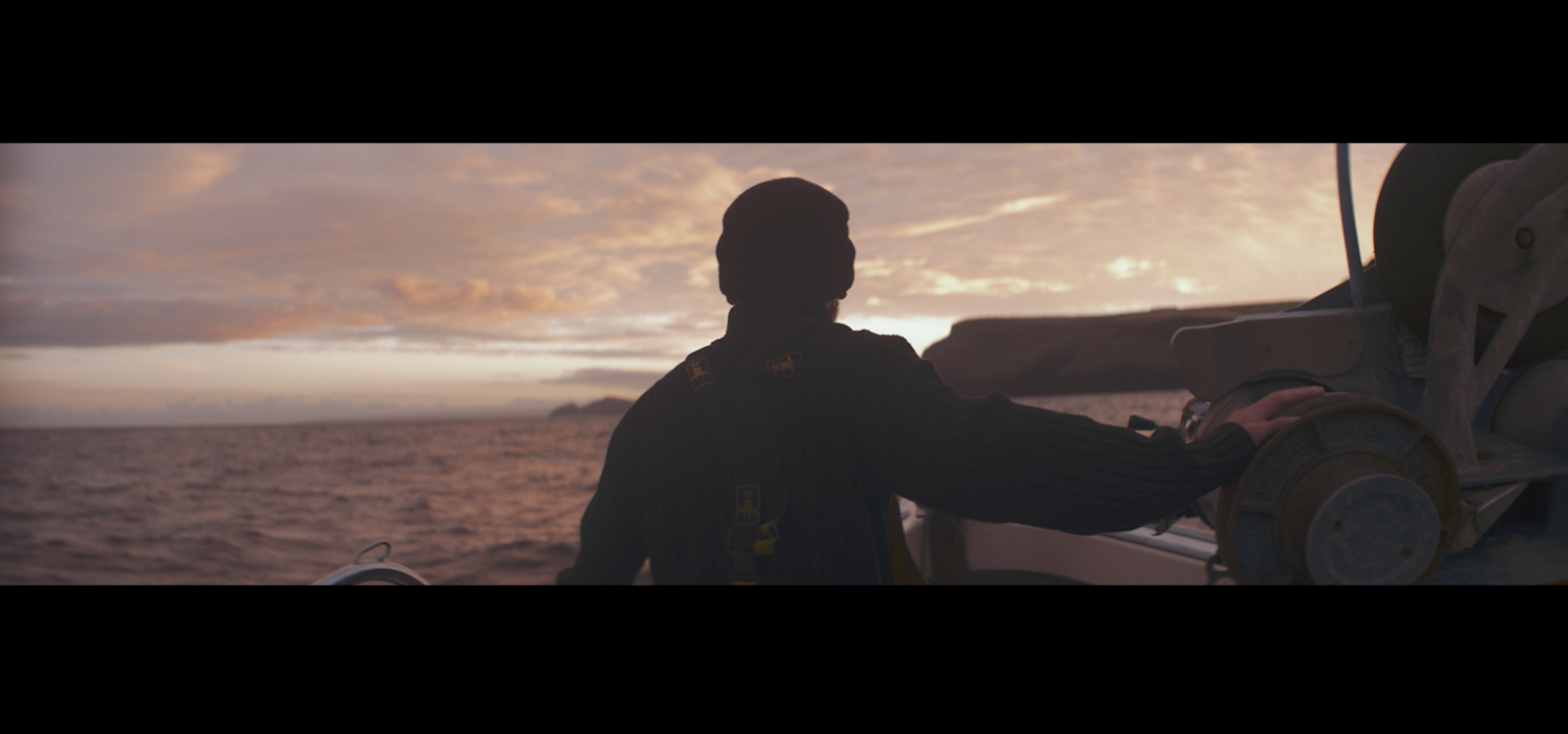
Over the following 18 months, not a huge amount changed. Entry level cameras still weren’t offering 4:3 shooting and even the ones that were (like the Magic Lantern hacked 5DmkIII) weren’t compatible with PL lenses (which I found out the hard way after an embarrassing phone call with Les Bosher). The Blackmagic URSA Mini did throw some optimism into the mix, offering both anamorphic crop mode and a PL mount option. Alas, trying to find a PL version of this camera became a hapless exercise, which I guess makes sense—who in their right mind spends £5k on a camera if they can afford to spend sacks of cash on PL glass?
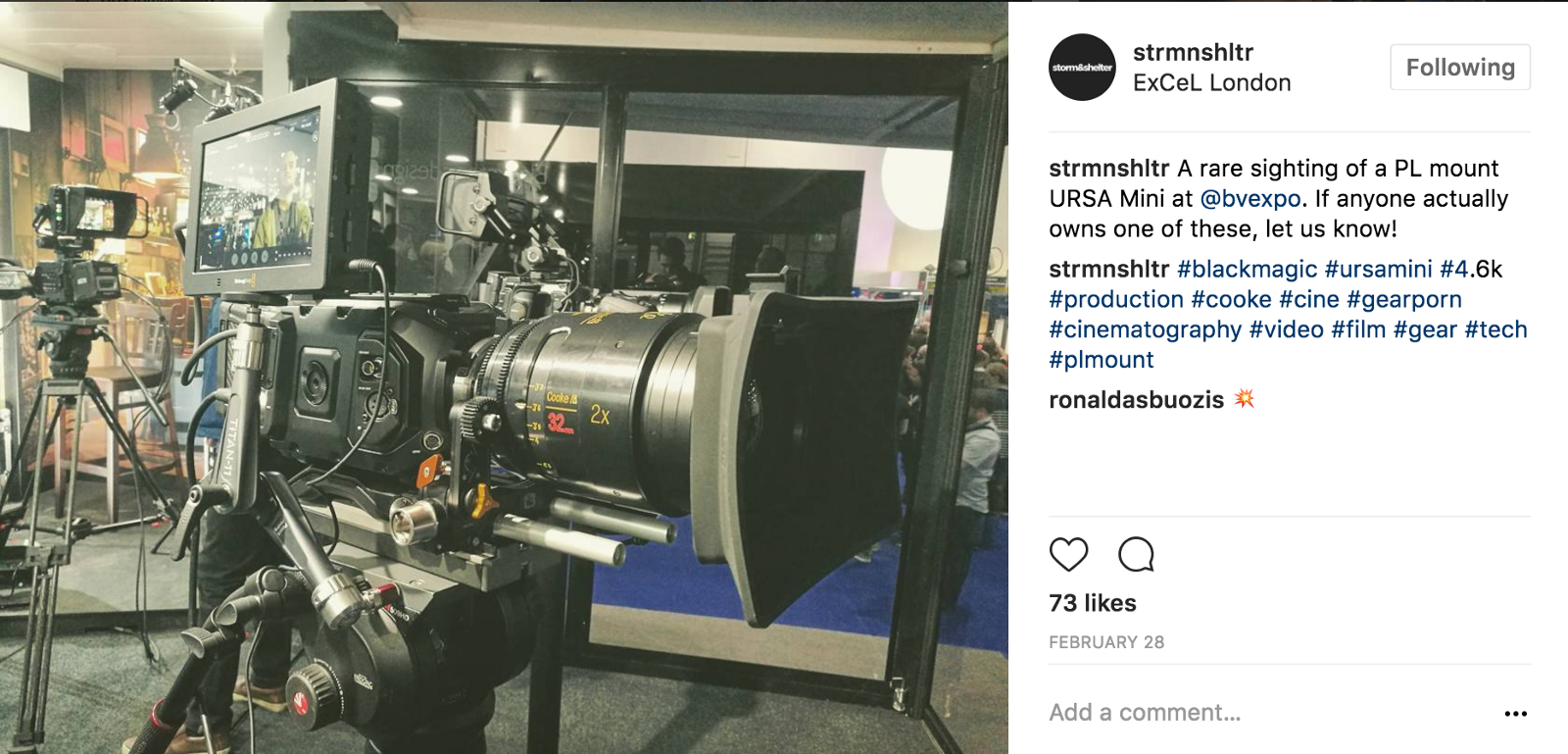
By November 2016, I’d been overdue a passion project for a while. I knew that I would realistically only have a single day to shoot my project given my insane work schedule. I also figured that if I was going to convince Storm & Shelter to fund my ridiculous fantasy, I should probably at least aim to keep costs down. I concluded that a short documentary piece was the best use of my time and a great chance to get out and test some new camera/lens combinations.
At the time, anamorphic images were becoming more and more frequent in the high-end brand content sector. I saw this as my chance to see if, once and for all, I could put together a shooting solution that could bring real anamorphic images to lower budget productions and close that gap in the industry.
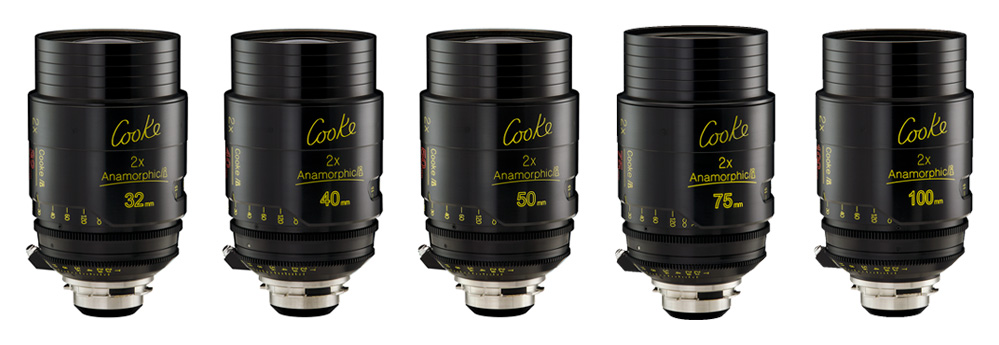
After seeing Cooke’s anamorphic primes at IBC (September 2016), I began to wonder if it was possible to mount them to the Sony a7S (hypothetically, of course). I’d previously used an E to PL adapter, so I knew it was physically possible, but what interested me was the possibility of shooting in full frame 4k. Surely, by the time you’d de-squeezed and cropped there would be plenty of image left if the final deliverable target was only 1080p?
It’s worthwhile mentioning at this point that I’d been keeping a constant dialogue with Julian at Video Europe (Bristol) throughout this entire project. If I was the one with a drug habit, he was, without doubt, the drug pusher. After chatting about my idea over the phone, he insisted I come in to shoot some tests.
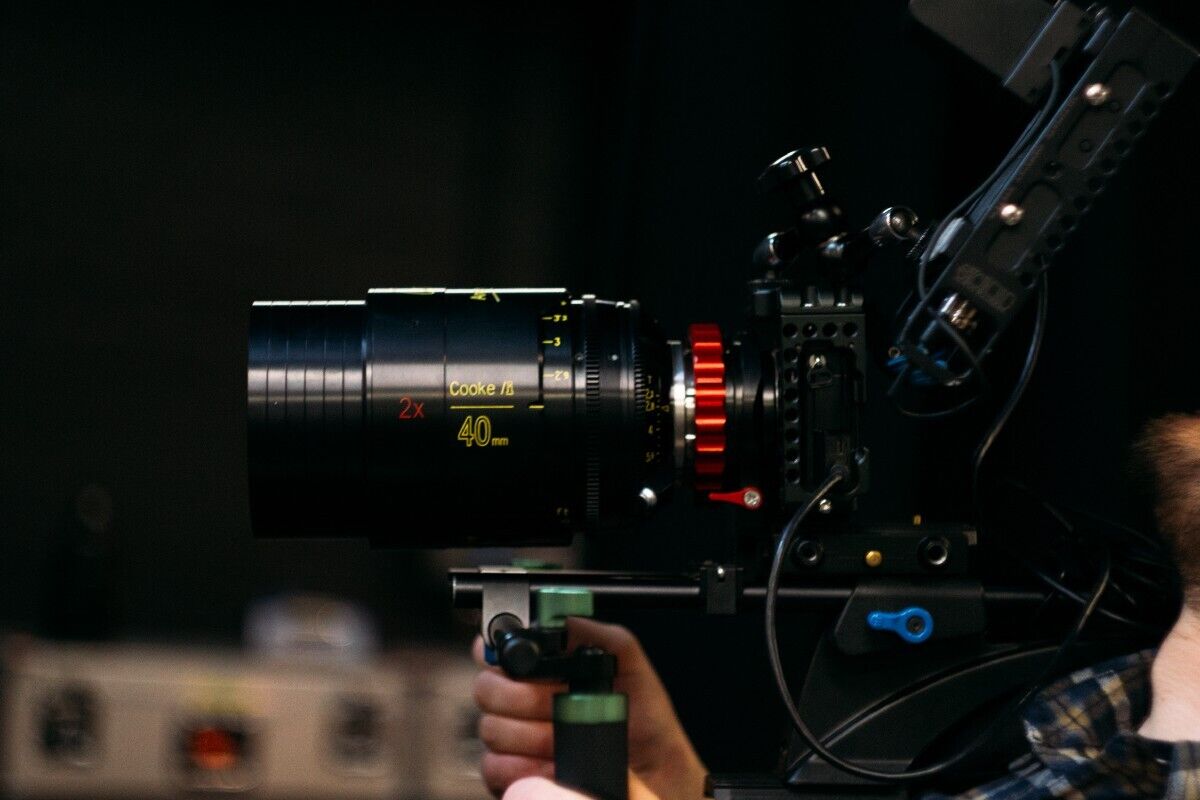
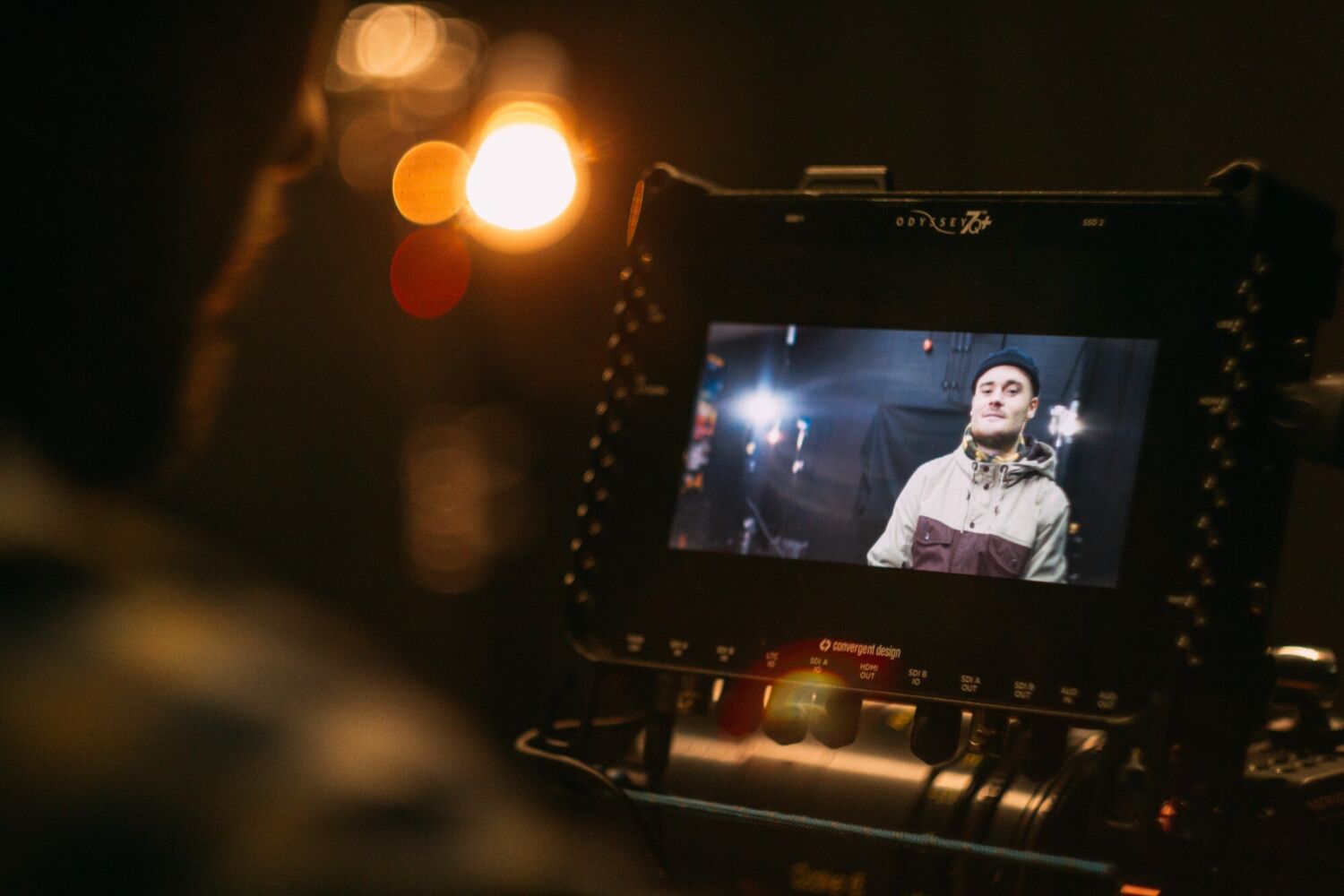
To assess how much of a difference the full frame sensor really made to the cropped and de-squeezed image, I wanted to compare it to a super 35 sensor. Seeing as I’d used the Sony FS700 with anamorphic lenses before, it made sense to use that as my control. I mounted the Cooke anamorphics to the Fs700 and shot a test clip, and then did the same with the a7S (once I figured out a rigging system that wouldn’t snap the mount off the camera!).
The results were astonishing…
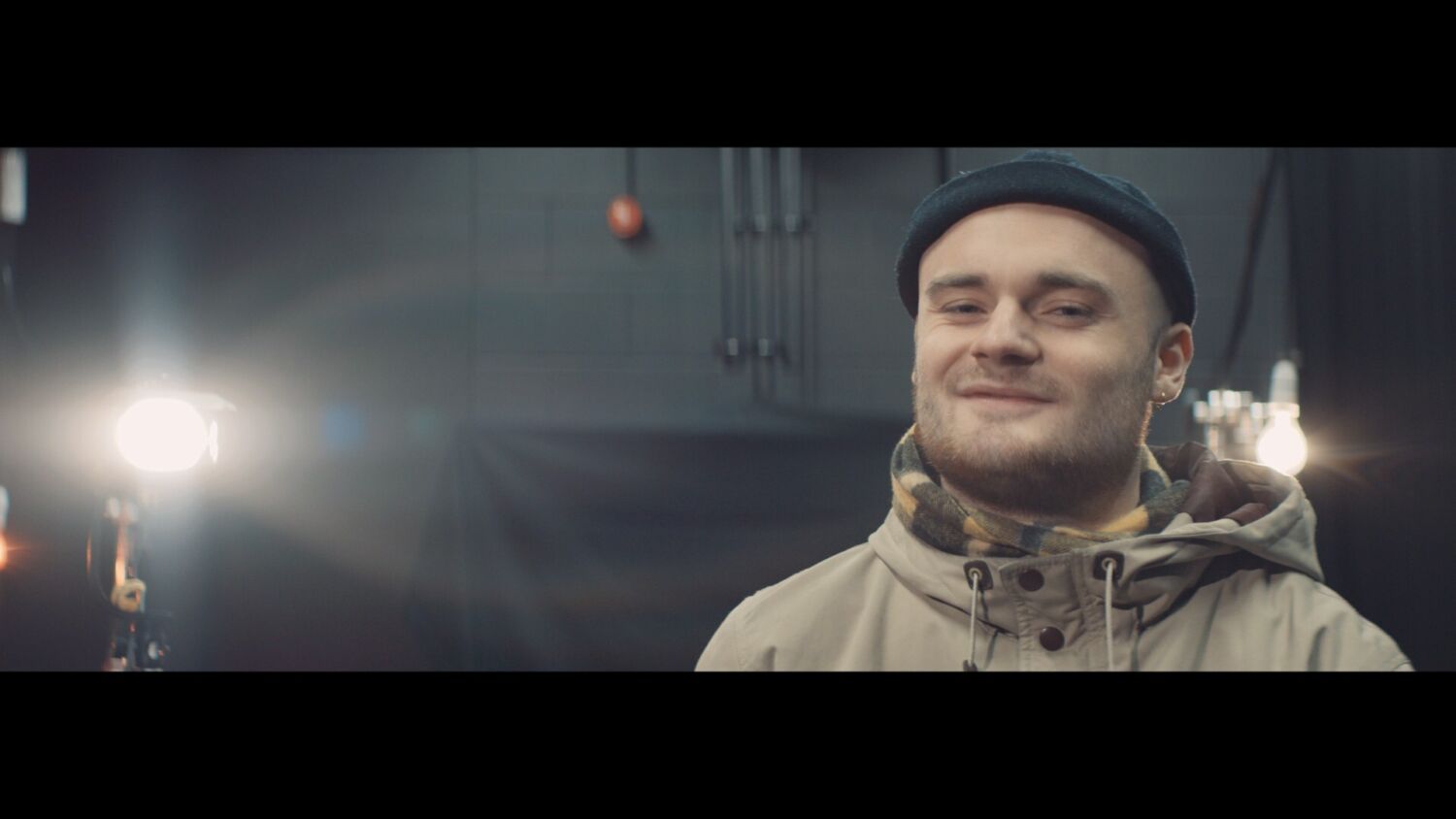
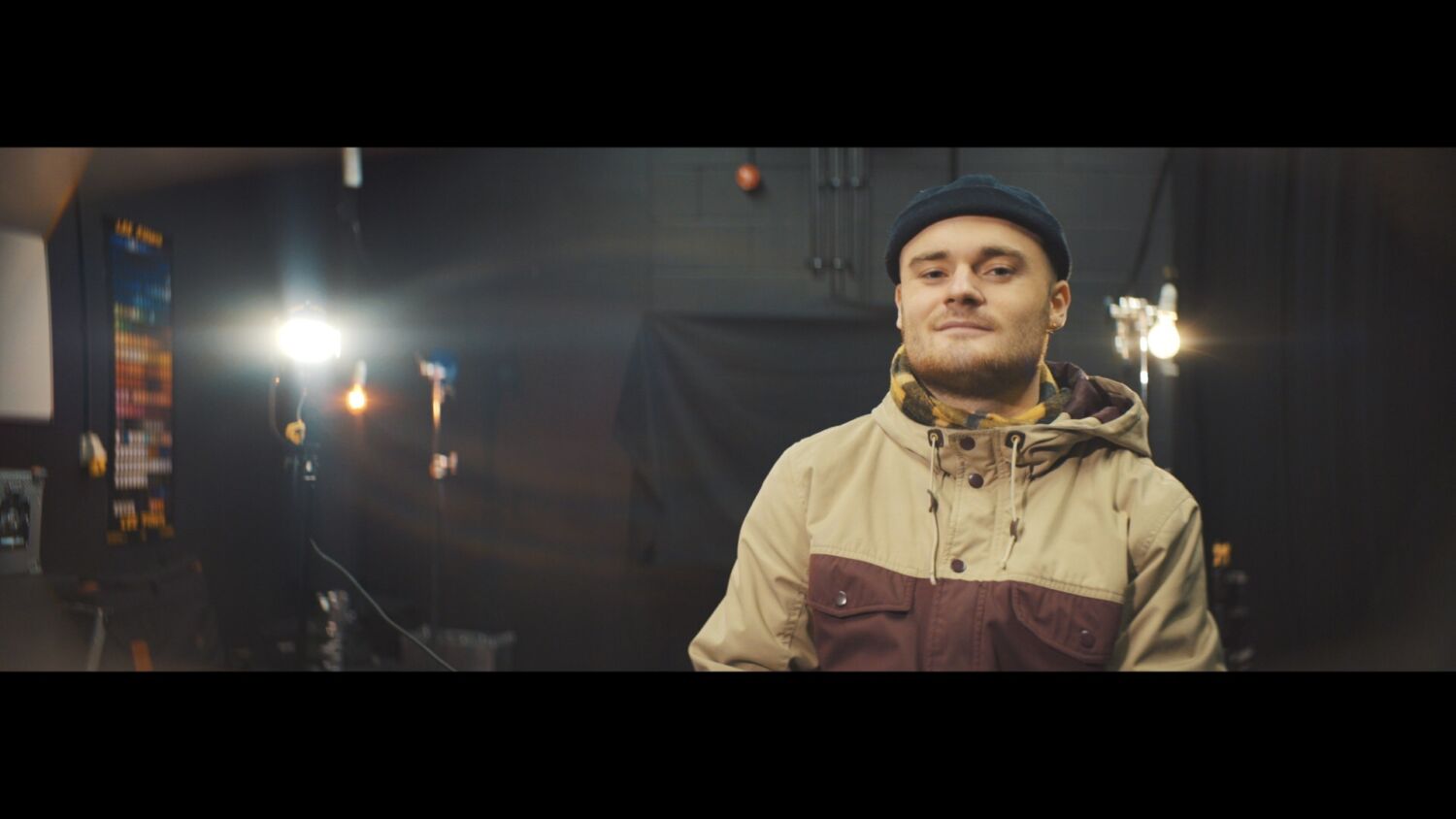
Immediately I was taken aback by just how different the a7S sensor was in comparison to the Fs700. I always knew that there was a difference between the two in terms of size, but it had never looked so obvious. It was hard to believe I was looking at images from the same lens. As soon as I saw this, any possibility of shooting my passion project on the FS700 vanished. Not only did the a7S give a truly anamorphic picture, but because of the sensor size, even after the crop and de-squeeze, I was still left with a useable UHD image!
Myself and Julian were left jaw-dropped, speechless. It even pulled a small crowd in Video Europe, as everyone came over to oggle in disbelief that not only did it work, but the picture was incredible. It didn’t take much convincing on my part to get the green light from Storm & Shelter. All I had to do was figure out how to shoot a ‘run and gun’ style portrait documentary on prime lenses that weighed 4kg each.
Easy, right?

After testing the rest of the lenses, I opted to take just the 40mm and 75mm with me on the shoot, much to the gratitude of my AC, Ben, who had the unenviable task of carrying them around behind me all day.
I really like the frame width that anamorphic shooting allows for while keeping the image shallow, so the 40mm was plenty wide enough to capture all of the action. I found myself only moving onto the 75mm for the more candid shots during the busking scenes.
Apart from the obvious lack of zoom, and the weight, I’d say the biggest limiting factor of shooting this style of content on this setup was the rather conspicuous form factor of the rig itself. I had to really tuck myself away behind a pillar on the 75mm to avoid becoming a tourist’s Instagram story. The shoot itself definitely took its toll on my back, and after over 12 hours of shouldering the rig, I was ready to lie down for eternity.
The final images speak for themselves, and I certainly think that it is possible to shoot this style of content on anamorphic lenses with the a7S. If I was to do it again, I’d probably opt for a set of Kowas. Y’know, something that won’t warrant a trip to the chiropractor.
Here’s the final film about Nik, a Bath-based busker with Serbian heritage.
When you share your music with people, you share your life experiences. Even if there are no words, it still reflects the story of your life.
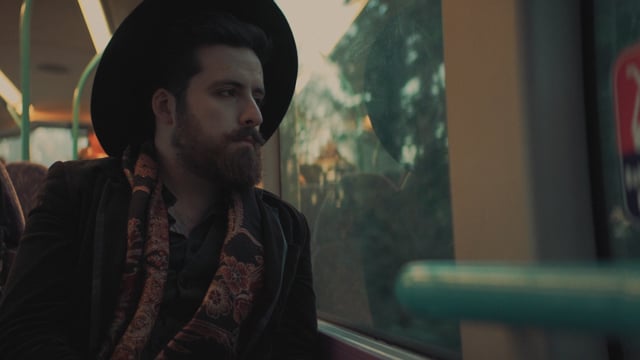
As far as the future of entry level anamorphic goes, I’m feeling optimistic. At NAB this year, Atlas Lens Co announced a set of affordable anamorphic primes (check out the video below), and with the URSA Mini Pro proving to be popular with early adopters, who knows, there could be a sub £500-per-day rental package for anamorphic shooting coming very soon.
I certainly hope so.

